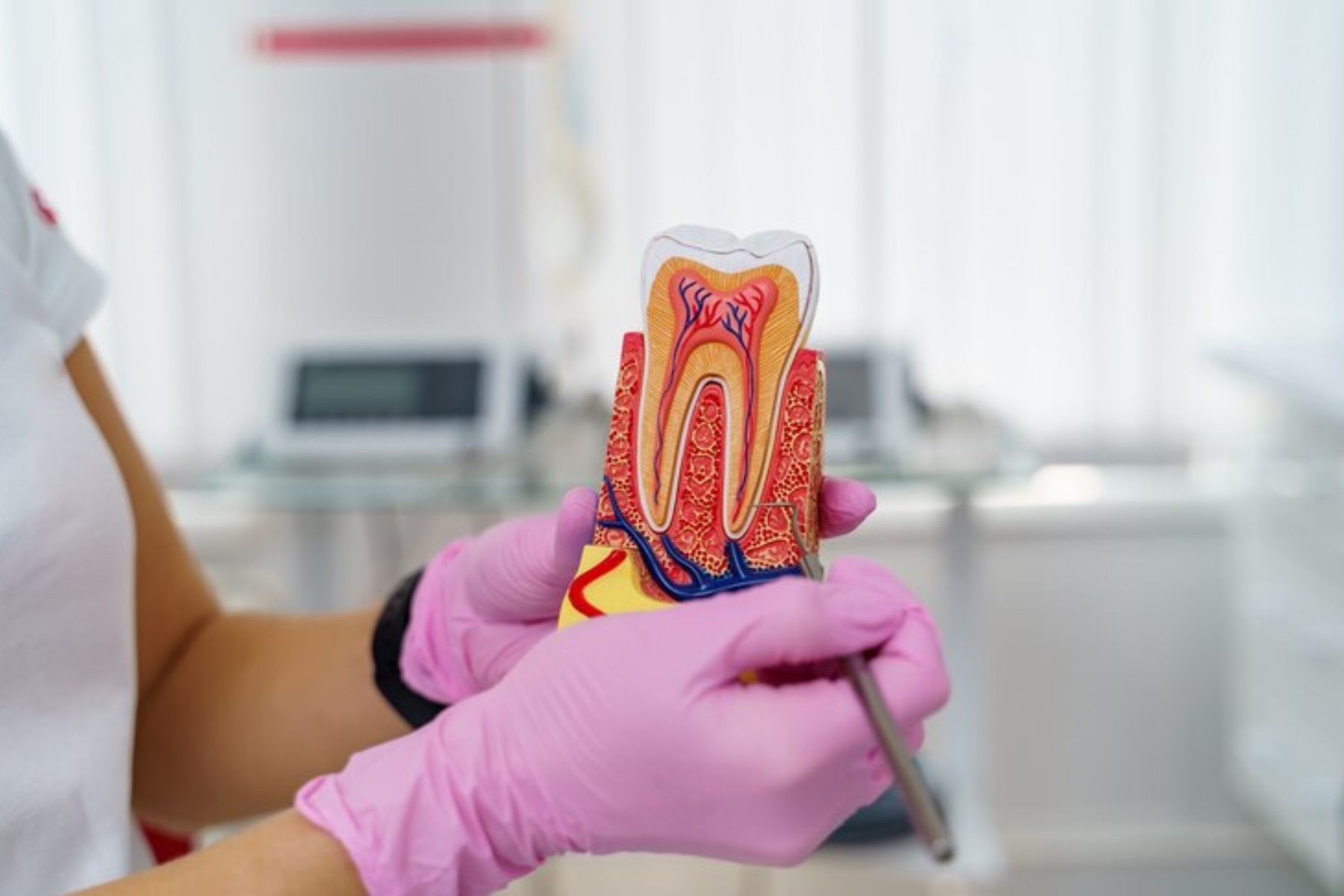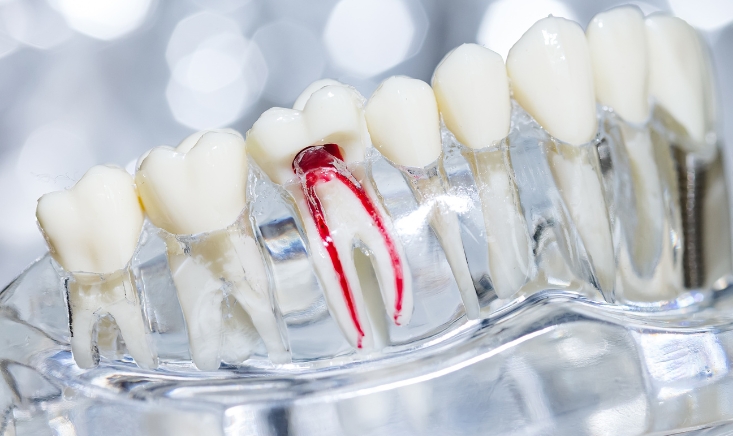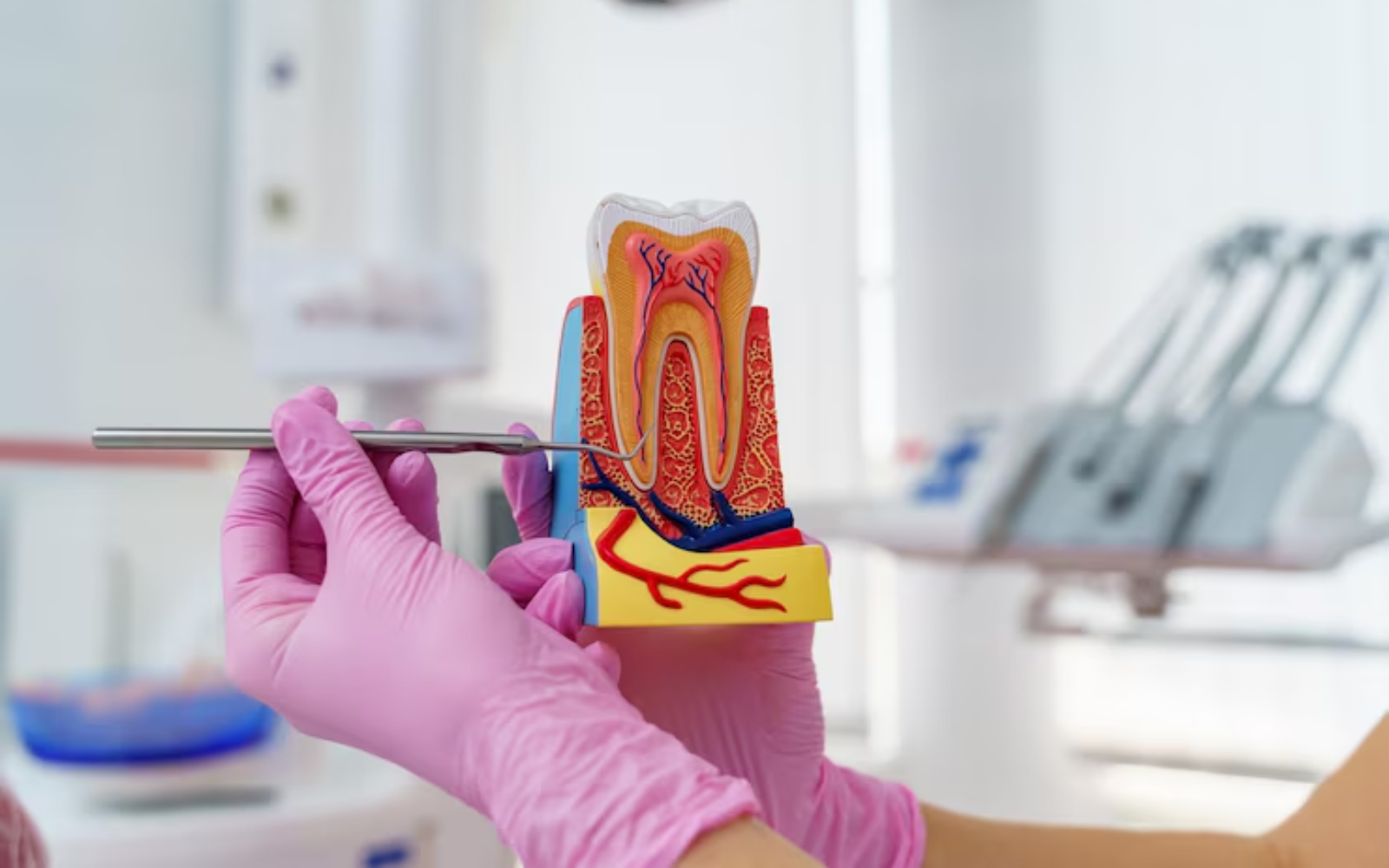Root Canal Aftercare: 5 Effective Tips For Speedy Recovery

Root canal therapy, a common dental procedure, is often the best solution to save a tooth that is severely infected or decayed. Despite its reputation, modern root canal treatment is relatively painless and straightforward, thanks to advances in dental technology and anesthesia. However, the key to a successful outcome lies not only in the procedure itself but also in the aftercare. Proper aftercare can significantly impact your recovery speed and overall comfort. In this comprehensive guide, we will explore five effective tips for ensuring a speedy recovery after a root canal.
Understanding the Root Canal Procedure
Before diving into the aftercare tips, it’s essential to understand what a root canal involves. A root canal procedure is designed to remove the infected or damaged pulp from the interior of a tooth. The tooth’s pulp chamber and root canals are cleaned, disinfected, and then filled with a biocompatible material. Finally, the tooth is sealed and often restored with a crown to protect its structure and function.
The primary goals of root canal therapy are to:
- Eliminate infection and prevent reinfection.
- Save the natural tooth.
- Alleviate pain caused by pulp inflammation or infection.
Now that we have a basic understanding of the procedure let’s move on to the critical aspect of aftercare.

Tip 1: Manage Pain and Discomfort Effectively
It’s common to experience some pain and discomfort after a root canal, especially once the anesthesia wears off. Here are some strategies to manage this effectively:
Use Pain Relievers as Prescribed
Your dentist will likely recommend or prescribe over-the-counter pain relievers such as ibuprofen or acetaminophen. These medications help reduce inflammation and manage pain. It’s crucial to follow your dentist’s instructions regarding dosage and frequency.
Apply Cold Compresses
Applying a cold compress to the outside of your cheek near the treated area can help reduce swelling and numb the pain. Use the compress for 15-20 minutes at a time, ensuring you have breaks in between to prevent skin damage.
Avoid Hard and Chewy Foods
Stick to a soft diet for the first few days after your root canal. Foods that are hard, chewy, or sticky can cause additional discomfort and potentially damage the treated tooth. Opt for foods like soups, mashed potatoes, yogurt, and smoothies.
Elevate Your Head While Sleeping
Keeping your head elevated while sleeping can help reduce swelling and discomfort. Use an extra pillow to prop yourself up, which can also aid in minimizing throbbing pain.
Rest and Take It Easy
Your body needs time to heal, so ensure you get plenty of rest after the procedure. Avoid strenuous activities that could exacerbate pain or cause undue stress on the treated area.
Tip 2: Maintain Excellent Oral Hygiene
Keeping your mouth clean is paramount to prevent infection and ensure a smooth recovery. Here’s how to maintain excellent oral hygiene after a root canal:
Brush Gently
Continue brushing your teeth twice a day, but be gentle around the treated area. Use a soft-bristled toothbrush to avoid irritating the gums and the treated tooth.
Floss Carefully
Flossing is crucial for removing food particles and plaque between your teeth. Be careful around the treated tooth to avoid dislodging the temporary filling or causing irritation.
Use an Antibacterial Mouthwash
An antibacterial mouthwash can help reduce bacteria in your mouth, lowering the risk of infection. Rinse your mouth gently and follow the instructions on the mouthwash label or those provided by your dentist.
Avoid Smoking
Smoking can delay healing and increase the risk of complications, such as infection. If you smoke, consider using this time as an opportunity to quit or at least refrain from smoking until you are fully healed.
Stay Hydrated
Drinking plenty of water helps maintain oral moisture and flushes out food particles and bacteria. Staying hydrated is beneficial for overall health and aids in the healing process.
Tip 3: Watch for Signs of Complications
While complications are rare, it’s essential to be vigilant and watch for any signs that may indicate a problem. Here are some symptoms to monitor:
Persistent Pain
Some discomfort is normal after a root canal, but if you experience severe or persistent pain that doesn’t improve with pain relievers, contact your dentist.
Swelling and Redness
Swelling and redness around the treated area should gradually decrease. If swelling increases or is accompanied by severe pain, fever, or an unpleasant taste in your mouth, it could indicate an infection.
Allergic Reactions
Although rare, allergic reactions to medications or materials used during the procedure can occur. Symptoms may include itching, rash, or difficulty breathing. Seek immediate medical attention if you suspect an allergic reaction.
Loose or Damaged Temporary Filling
If your temporary filling becomes loose or falls out, it’s essential to contact your dentist promptly to avoid contamination and ensure proper healing.
Changes in Tooth Color
It’s normal for the treated tooth to become slightly discolored after a root canal. However, if you notice significant darkening or other unusual changes, discuss this with your dentist.
Tip 4: Follow-Up Appointments and Permanent Restoration
Follow-up care is crucial for the success of your root canal treatment. Your dentist will schedule follow-up appointments to monitor your healing progress and complete the permanent restoration of your tooth.
Attend Follow-Up Visits
During follow-up visits, your dentist will check the treated area for signs of healing and any potential issues. It’s vital to keep these appointments to ensure your recovery is on track.
Get the Permanent Restoration
A temporary filling is often placed after a root canal to protect the tooth while it heals. It’s important to return to your dentist to have the permanent filling or crown placed. This restoration provides strength and protects the tooth from future damage or infection.
Discuss Long-Term Care
Talk to your dentist about the long-term care of your treated tooth. They may recommend additional steps to protect your tooth and maintain your oral health.
Tip 5: Adopt a Healthy Lifestyle
A healthy lifestyle can support your recovery and improve your overall well-being. Here are some lifestyle tips to consider:
Eat a Balanced Diet
A nutritious diet rich in vitamins and minerals can aid in the healing process. Focus on foods that are high in calcium, vitamin C, and protein to support your oral health.
Avoid Sugary and Acidic Foods
Sugary and acidic foods can promote tooth decay and weaken your enamel. Limit your intake of these foods and drinks to protect your teeth.
Practice Stress Management
Stress can negatively impact your immune system and overall health. Engage in activities that help you relax and manage stress, such as yoga, meditation, or spending time in nature.
Regular Dental Check-Ups
Maintain regular dental check-ups and cleanings to keep your teeth and gums healthy. Your dentist can monitor the condition of your treated tooth and catch any potential issues early.
Stay Informed
Stay informed about your oral health and any new developments in dental care. Being knowledgeable can empower you to make better decisions and take proactive steps in maintaining your oral health.
Root canal therapy is a highly effective treatment for saving a tooth and eliminating infection. However, proper aftercare is essential to ensure a speedy and comfortable recovery. By managing pain and discomfort, maintaining excellent oral hygiene, watching for signs of complications, attending follow-up appointments, and adopting a healthy lifestyle, you can significantly improve your recovery experience.
Remember, your dentist is your best resource for personalized advice and care instructions. Don’t hesitate to reach out to them with any questions or concerns during your recovery period. With the right care and attention, you can enjoy a successful outcome and maintain a healthy, beautiful smile for years to come.



